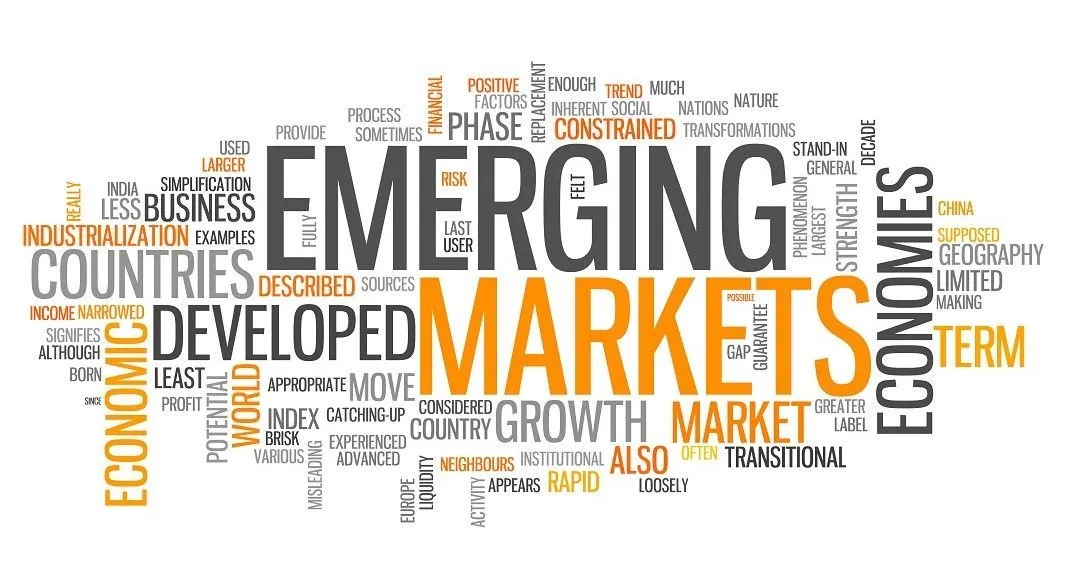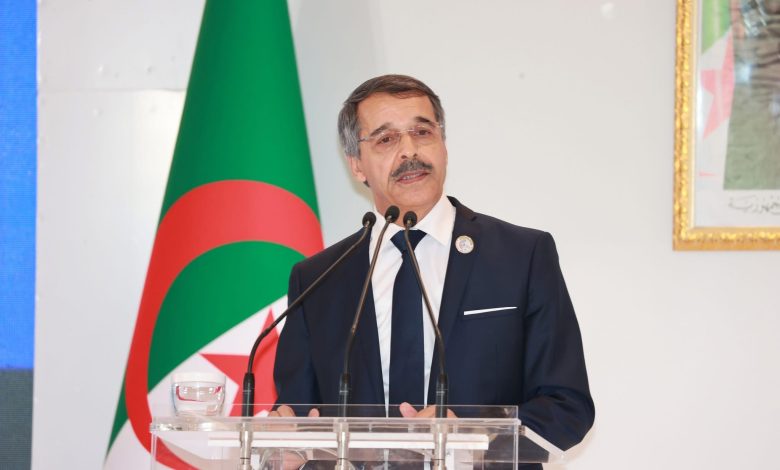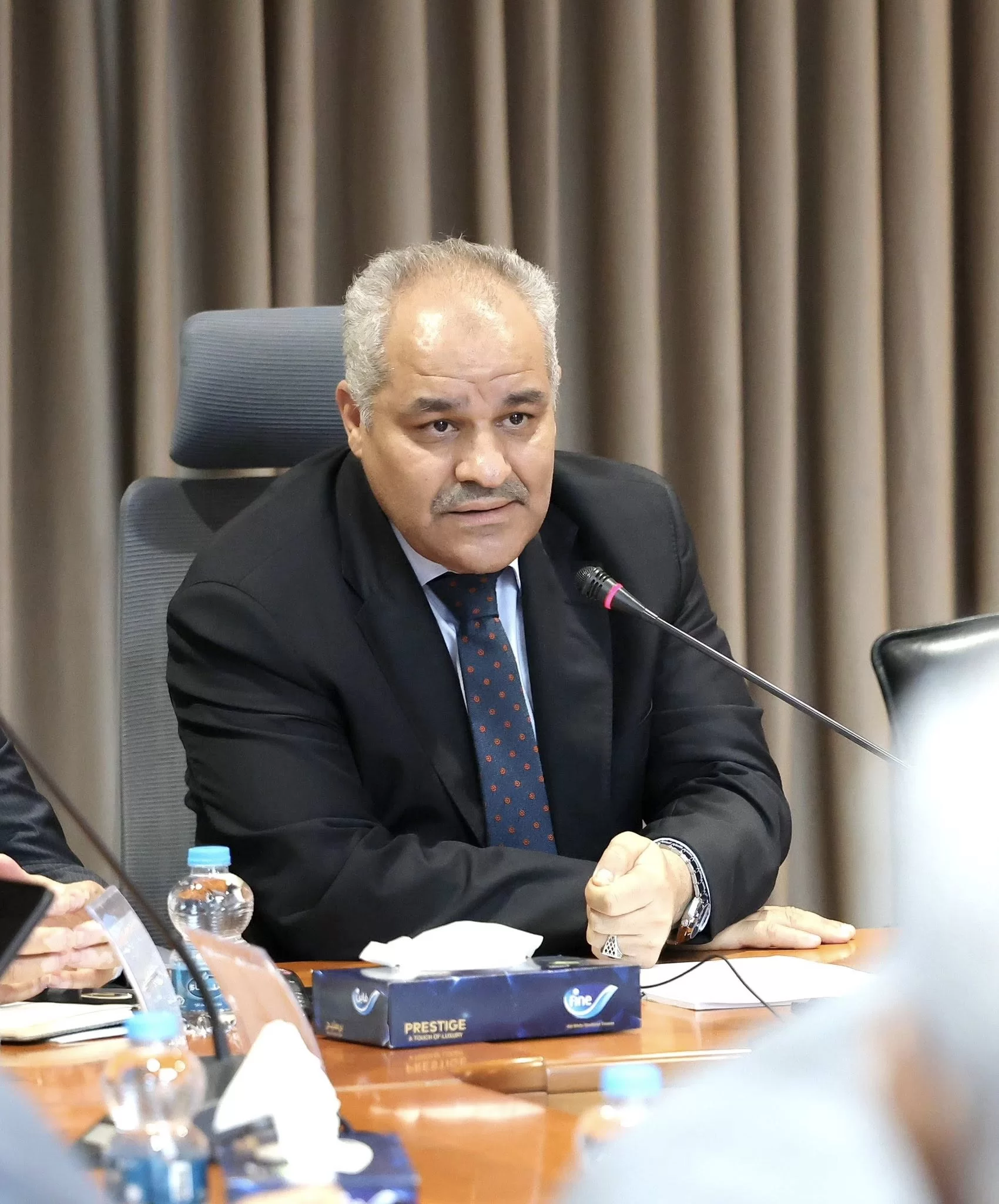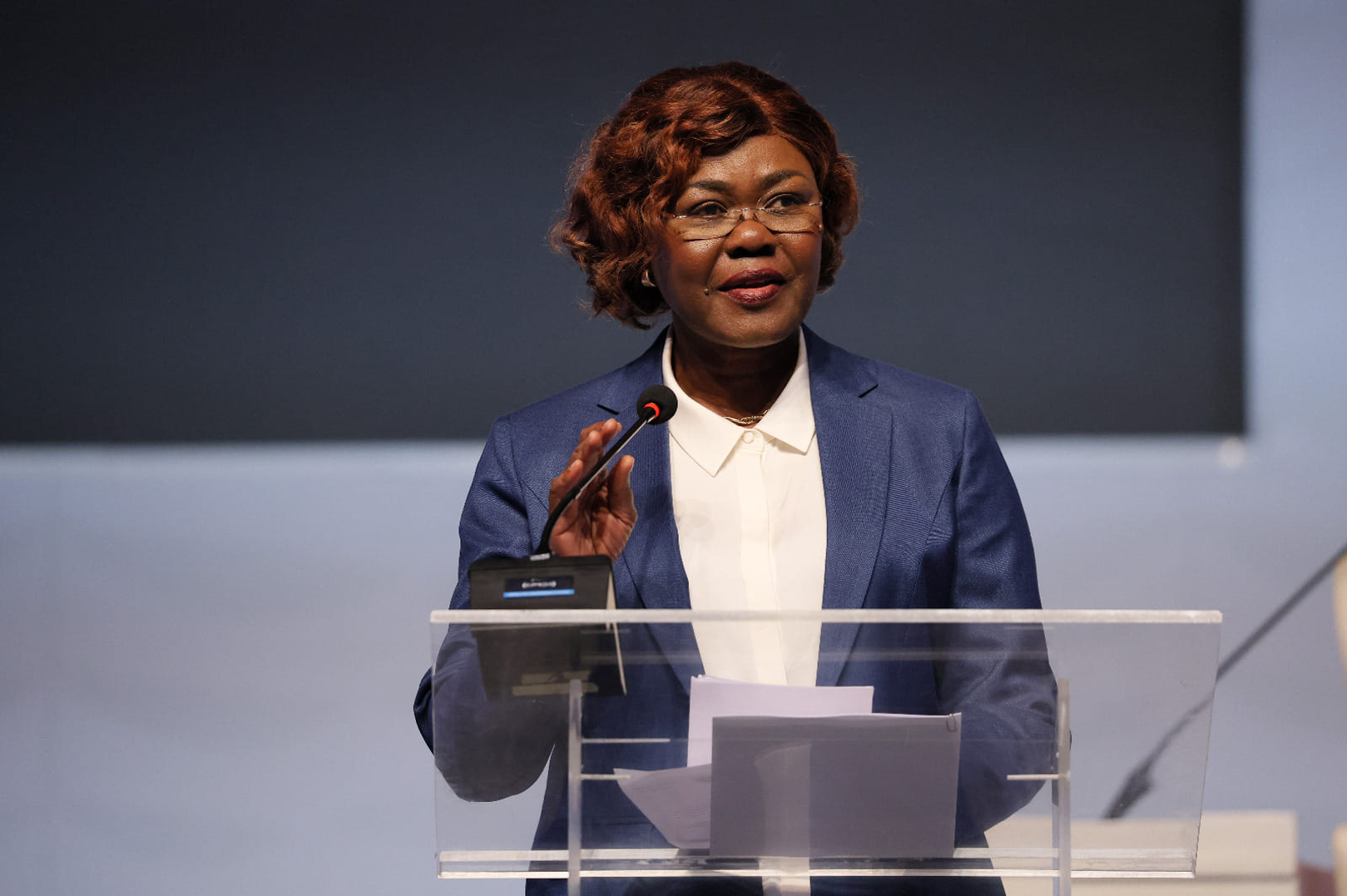Emerging Markets Reprice Risk in a Post-Tightening World
Africa’s bond markets are rallying as the dollar weakens, with Kenya’s 2032 yielding 9.3% and Egypt’s 9.8%. Global investors are returning to frontier debt, but credibility—not yield—will determine who secures capital in this short global liquidity window.

Emerging markets are gaining renewed investor attention as the U.S. dollar weakens and global bond yields begin to stabilize, opening a narrow liquidity window that frontier economies—especially in Africa—are trying to seize. The MSCI Emerging Markets Index (NYSEARCA: EEM) has risen roughly 12 percent year-to-date, supported by easing U.S. Treasury yields and renewed risk appetite. The 10-year U.S. yield (^TNX) hovers near 4.3 percent, while the Dollar Index (DXY: DX-Y.NYB) trades around 105, signaling a mild softening in global funding conditions after two years of monetary tightening.
For Africa, this shift redefines access to capital and reopens investor dialogue on risk premiums. Frontier sovereign bonds—such as Kenya’s 2032 (KE2032 ≈ 9.3%), Côte d’Ivoire’s 2033 (CI2033 ≈ 8.9%), and Egypt’s 2032 (EGYP2032 ≈ 9.8%)—are drawing renewed secondary-market demand as global funds rebalance toward yield-efficient assets. The iShares J.P. Morgan EM Bond ETF (NASDAQ: EMB) has seen inflows of over USD 1.2 billion in Q3, with allocations rotating from Latin America toward Africa’s short-duration high-yield segment.
The shift isn’t purely cyclical. Investors are distinguishing between countries offering structural credibility and those relying on temporary macro stability. Kenya’s return to primary surplus territory and Ghana’s restructuring progress under IMF supervision are helping re-anchor risk spreads, while Egypt’s fiscal consolidation and fresh Gulf capital inflows are improving perception despite a volatile currency (USD/EGP ≈ 49.6). Uganda and Tanzania, with inflation below 4 percent and 10-year yields around 15 and 11 percent respectively, offer positive real returns unmatched by peers in Asia or Latin America.
Comparatively, Africa’s nominal yields remain the highest globally: Brazil’s 10-year benchmark trades near 10.4 percent (BVMF: SNT10), India’s at 7.2 percent (NSE: IN10Y), and Indonesia’s at 6.8 percent (IDX: ID10Y). Yet, Africa’s premium stems less from inflation risk and more from credibility gaps—uncertainty around fiscal transparency, exchange-rate policy, and governance. Investors now price Africa not on growth potential but on the consistency of macro institutions.
The broader macro backdrop supports this shift. Brent crude (ICE: LCOc1) trades near USD 85 per barrel, offering fiscal breathing room for commodity exporters like Nigeria and Angola, while stabilizing terms of trade for importers as global energy markets remain balanced. With the U.S. Federal Reserve signaling rate stabilization and the European Central Bank holding at 4 percent, global funding costs may have peaked. But capital will remain selective: liquidity is returning, yet it discriminates sharply by policy credibility.
Across sub-Saharan Africa, sovereign spreads are tightening unevenly. Côte d’Ivoire’s Eurobond yields have narrowed by 70 basis points since June, while Ghana’s remain above 10 percent amid ongoing IMF negotiations. South Africa’s 10-year bond (ZAGV10Y) holds near 10.6 percent, balancing inflation of 4.8 percent and an 8.25 percent repo rate. Meanwhile, Egypt’s 12-month T-bill yield (EGYTB12M) at 22.4 percent—one of the world’s highest—reflects monetary strain rather than investor confidence.
The contrast with Asia is instructive. India, Indonesia, and Vietnam are attracting long-term inflows due to credible monetary frameworks and predictable regulation—traits investors increasingly seek in Africa. For African economies, the lesson is clear: the dollar’s retreat offers breathing space, not absolution. Countries with credible fiscal anchors, consistent policy, and reform continuity will convert this temporary liquidity window into durable access to external capital.
Global portfolio flows mirror this recalibration. ESG-linked emerging-market funds such as iShares ESG Aware MSCI EM (NASDAQ: ESGE) are revisiting frontier allocations emphasizing sovereign discipline, infrastructure governance, and climate-linked instruments. Africa’s integration into these portfolios depends on sustained reform momentum. Kenya’s CBK rate cut to 9.25 percent and Ghana’s IMF-driven fiscal transparency push are early tests of whether credibility can translate into pricing advantage.
Still, the opportunity is fragile. The Federal Reserve’s policy tone remains data-dependent, and any resurgence in U.S. inflation could strengthen the dollar again, pushing DXY back toward 108 and widening frontier spreads by 100–150 basis points. Africa’s challenge is to anchor investor trust before that window closes.
Global markets should care because this is more than a regional rebound—it’s a test case for capital allocation in a post-tightening world. As developed economies face fiscal fatigue and demographic drag, Africa’s high-yield spectrum offers both diversification and long-term growth optionality. Yet, for that promise to materialize, capital must find credibility, not just yield. Africa’s opportunity now lies not in the dollar’s weakness—but in its own strength to sustain trust beyond the cycle.





